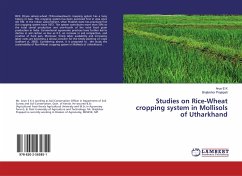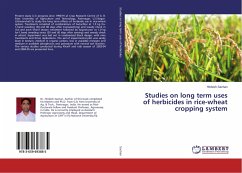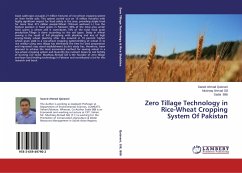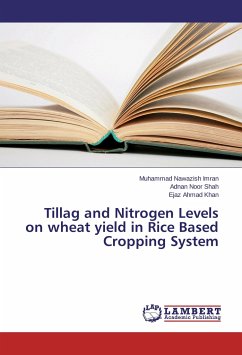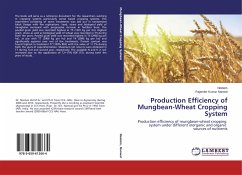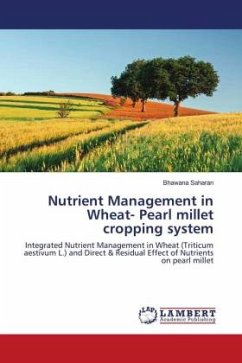RICE (Oryza sativa)-wheat (Triticumaestivum) cropping system has a long history in Asia. This cropping system has been practiced first in Asia since AD 700. In the Indian subcontinent, Uttar Pradesh state has practiced first this cropping system since 1872. The system contributes more than 50% to the total cereal production and one-fourth of the total food grain production in India. Conventional agronomic practices have further led to decline in soil carbon as low as 0.2, an increase in soil compaction, and creation of hard pan. Moreover, timely labor availability and increasing labor costs are becoming a serious concern for the timely planting of crops (Ladhaet al, 2003). Considering above, it is proposed to the study the sustainability of Rice-Wheat cropping system in Mollisols of Utharkhand. .
Bitte wählen Sie Ihr Anliegen aus.
Rechnungen
Retourenschein anfordern
Bestellstatus
Storno

